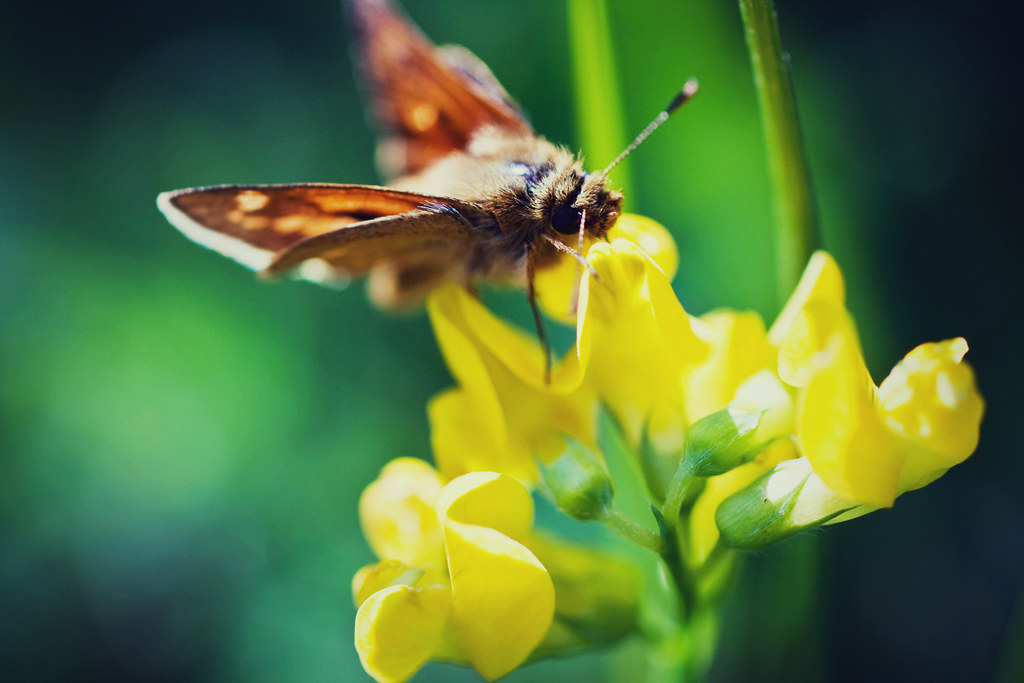Almost full Moon 6/2/2012, originally uploaded by purpleface.
Just a quick blog about how I photographed the moon last night & how you can do the same. Like other photographs I've taken of the night sky I used a DSLR (in this case a Canon 7D) + 300mm lens + tripod. Settings for this shot were; f/5.6, ISO160, 1/500.
First of all, you need a tripod. A tripod is essential. Next, a remote. A remote could be seen as essential but don't worry too much if you don't have one - you can use the in-camera timer. This post is mainly about photographing the moon with a DSLR + 200-300mm (or longer) lens but don't worry if you don't own a DSLR because I'll be making a separate post about non-DSLR moon shots in due course - keep an eye out!
So, to start with, if your camera has 'liveview', you can use this to your advantage by getting the moon in frame & using the zoom buttons to aid you with your focusing. If you aren't lucky enough to have this feature then it may mean you need to take a few shots to test the focus whilst adjusting along the way.
Once you're happy with focus, you can then play around with your photo settings. Start with an ISO of 160. Now, depending on the moon phase you are photographing, your settings will be different for each phase. Start with exposures of 1/125 for crescent, 1/250 for quarter, 1/500 for gibbous & 1/1000 for full. Now these are only guidelines because they will change with factors such as light pollution, sky pollution & cloud cover. For example, the image at the top of this post had settings of 1/500 at f/5.6, ISO160 even though it is nearly full. This is because I live on the outskirts of a large city, therefore the moon is not as bright as it would be as somewhere with complete darkness.
You will need to experiment with settings & focal lengths before you get a picture that you're happy with. After you've finished your photography session, you may find that adjustments in Photoshop will improve your photograph further. I personally edit the contrast & I also sharpen the image to accentuate any craters seen in my image.
And with a lovely full moon on the cards for this evening (7/2/2012) you might want to wrap up warm & get photographing. I look forward to seeing the results! Thanks for reading.
Once you're happy with focus, you can then play around with your photo settings. Start with an ISO of 160. Now, depending on the moon phase you are photographing, your settings will be different for each phase. Start with exposures of 1/125 for crescent, 1/250 for quarter, 1/500 for gibbous & 1/1000 for full. Now these are only guidelines because they will change with factors such as light pollution, sky pollution & cloud cover. For example, the image at the top of this post had settings of 1/500 at f/5.6, ISO160 even though it is nearly full. This is because I live on the outskirts of a large city, therefore the moon is not as bright as it would be as somewhere with complete darkness.
You will need to experiment with settings & focal lengths before you get a picture that you're happy with. After you've finished your photography session, you may find that adjustments in Photoshop will improve your photograph further. I personally edit the contrast & I also sharpen the image to accentuate any craters seen in my image.
And with a lovely full moon on the cards for this evening (7/2/2012) you might want to wrap up warm & get photographing. I look forward to seeing the results! Thanks for reading.
Twitter | Facebook

very informative and helpful.
ReplyDelete